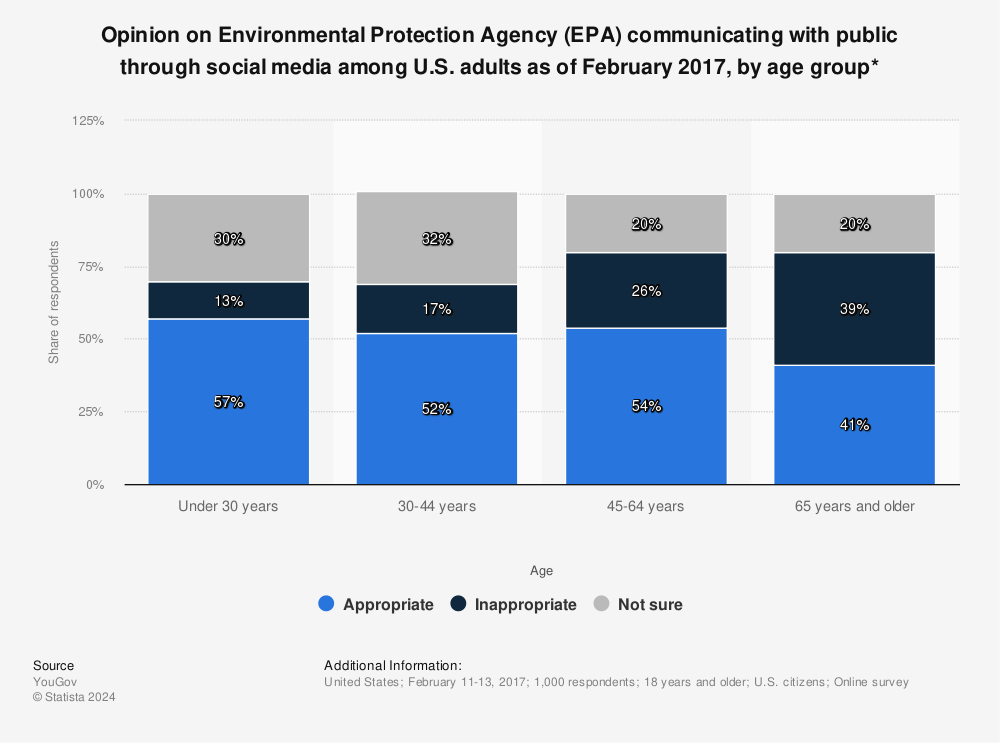Environmental communications is defined as the assessment and practice of how people, societies and organizations interact with and effect the environment. It includes a variety of interactions, ranging from interpersonal communications to media coverage related to the environment. In essence, it refers to the strategies and practices that are used to manage and protect the environment.
In its most basic terms, environmental communications refers to the communication related to affairs that impact the environment. It includes all forms of communication, ranging from organizational to group, and interpersonal to mediated, all of which play a part in making up the societal debate regarding environmental problems and concerns. In essence, it defines the relationship between people and nature. It belongs also to the corporate social responsibility (CSR).
A More Thorough Assessment of Environment Communications
The discussion or communication of intricate hazards that affect the environment as well as the solutions that are proposed to handle those hazards requires in-depth knowledge related to the local contexts, the concerns and values of the targeted audience, and the psychological principals that apply to the environment.
Over the years, those who communicate about the environment have become increasingly more aware that communication strategies that rely on information, particularly those that fail to acknowledge the important role of values, consistently fail to promote a pro-environment message and effective planning and actions that involve the public. However, very few environmental communicators have actually looked into the rigorous use of environmental psychology for the use of strategic communication strategies that are implemented on a local scale.
Environmental communications is also an interdisciplinary field of study that keenly looks at the role, the influences and the techniques that are used to communicate affairs concerning the environment. Essentially, environmental communications examines the activity, and as such, it develops the theories and methods that is uses mainly from communicative efforts, environmental study, political science, sociology and psychology. Programs and courses at universities are dedicated to environmental communications, scholarly journals focus on the subject, research centers are devoted to the study of this type of communication, and there are a wealth of books that focus on the topic.
The Goal of Environmental Communications
The primary goal of environmental communications is to identify and promote proper practices. While there has been a tremendous amount of growth in the studies and literature that are dedicated to environmental communication in recent years, there is still a lot that has to be learned. Moreover, a lot more work needs to be done in order to determine the most effective practices.
Since a vast majority of those who examine the field of environmental communications view it as a ‘crisis discipline’, their efforts go beyond fully explaining, describing or analyzing this type of communication. These individuals believe that any communication related to the affairs that impact the environment should be as effective and ethical as possible. The reason being that this type of communication is vital in order to avoid disastrous conflicts and to address health and justice issues that affect the environment in the most effective ways possible. As such, a primary goal of the field of environment communications is to determine and promote the best practices.

Find more statistics at Statista
Environmental Communication is A Vital Action Tool
All communication, in general, serves as a vital tool for action. The same is true for environmental communications.
Communication is utilized to set forth certain actions. For instance, people communicate in order to enlighten, educate, alert and persuade others. In the same respect, communication is used to organize, argue, correct and negotiate with one another. In regard to environmental communications, it is a practical and vital tool for action. As such, it requires very careful scrutiny.
For example, if you are using environmental communications to promote a policy, to raise awareness, to alter behavior, to persuade the opinion of the public, to pass a legislation, or to address conflicts, the manner in which you communicate will have a direct impact on your specific outcome. In other words, effective communication is necessary if you want to achieve your goal.
Communication Formulates Vision
Communication also plays an integral role in creating meaning. It shapes how people see and assign value to the world, including events, conditions and concepts. In terms of affairs that concern the environment, communication directs the understanding of issues that affect the environment, the problems that underline those issues, the individuals and organizations that are involved in those issues, the potential approaches that can be used, the possible outcomes, and of course – and most importantly – the environment, itself.
A great many people who work in the field of environmental communications know just how important meanings and values are to shaping virtually everything. This includes the types of technologies that are developed and used, to the policies that are enacted, to the personal decisions that are made on a daily basis. It should be note that meanings and values to not completely determine how individuals will act, but they can certainly have a large influence on their actions.
Effective Environmental Communication is Vital for Handling Ecological Crises
Though there have been efforts made for dealing with environmental issues, such as improved policies, cleaner sources of energy, more advanced technologies, carbon taxes and the like, these things can only do so much. In order to fully achieve lasting sustainability, society has to change, too. This will necessitate significant changes regarding the views and values that we hold regarding the environment, our own selves, and other individuals. As such, how effectively we communicate matters that relate to nature and the affairs that effect the environment will impact how quickly and efficiently we can change our actions, and ultimately, how effectively we handle crises that effect nature and people.
Best Practices in Environmental Communication
There are several environmental problems that currently exist, and the majority of them are the result of poor choices and behaviors. In other words, the decisions and actions of human beings have had a direct negative impact on the environment.
As such, proper practices regarding environmental communications are vital in order to enact change and improve the environment. What type of practices can be used to promote behavior that supports the environment? Here are some examples of strategies that have proven to be effective.
Using Qualitative and Quantitative Research
Qualitative and quantitative research is important tools for understanding the impact that human beings are having on the environment. Presenting this information in a manner that people can relate to helps them gain a better understanding of the effects regarding how attitudes, decisions and behaviors are affecting the environment.
Research related to environmental, conservative and social psychology has identified several factors that can impact the behavior of humans, including the knowledge that they about the environment, their attitudes toward it, their values, their emotions and their individual perceptions regarding the efficacy and social norms. By presenting qualitative and quantitative information, people can gain a real understanding of the impact that they are having on the environment.
Utilizing Targeted and Value-Based Messaging
Specific facets of values that seem to be universal amongst human beings serve as guiding principles for the lives of individuals. They have been found to be a key factor that directs the motivation to engage in behavior that supports the environment.
Cultural views that make egoistic values a priority, such as power and achievement, have been found to have less of a positive effect on supporting pro-environmental attitudes. Moreover, they downplay risks to the environment. However, values that relate to social and environmental justice, such as connections with nature, protecting the environment and open-mindedness, have all been shown to elicit more pro-environmental attitudes and behaviors.
Values can be utilizes in environmental messaging in a variety of ways. Firstly, taking the value orientations, the worldviews, as well as the political ideologies of the targeted audience has been found to be highly effective. The values we, as individuals or society use, have a strong influence on how we see and interpret the information that we are exposed to regarding climate change. This, in turn, affects how we interact with the environment.
Using Social Influences and Social Norms
An increased area of environmental psychology is focusing on the influence of society and societal norms, or how individuals have a tendency to conform to the behaviors of those that surround them.
Social norms consist of the ideas or perceptions that relate to the common or accepted behaviors within a group of people. In regard to the existence of normative information related to environmental messages, it has been found that there people have a tendency to mobilize their action against an issue by seeing it as regrettable and frequent. Since people are very guided by societal comparisons, they may opt to do what others are doing instead of doing what they believe they should be doing.
Establishing Relationships
Messages related to the environment tend to be challenging because they need to address several issues that relate to public policy, including social limitations, fiscal resources and rapid environmental changes. Establishing relationships with local partners that are based on shared trust is a very important part of communicating intricate projects that pertain to the environment. Developing strategic relationships with individuals in the local community is key to the success of planning, executing and evaluating environmental messages. As such, it is crucial for any person who is communicating on behalf of the environment to pinpoint important relationships that need to be made in order to spread their message, and work on developing those relationships.
Effectively Use of Spoken Language
Using the right language in order to simplify complex issues is a skill that is often used by environmental communicators. For example, when speaking to those who live near the coast using “rising sea level” instead of “climate change” while speaking about the impact changes to the environment are having on coastal areas can be more effective, because unlike climate change, those who live near the coastline can physically see the changes to the sea level by way of flooding, erosion or changes to the tides. Using the term “rising sea level” offers a more precise understanding of a complex environmental problem for those who live near the coast by pointing their attention toward issues that are of particular importance, such as the loss of coastal land as a result of rising sea levels.
Localizing the Environmental Problem
One of the primary goals of environmental communications is to help people understand their impact on the natural world. Ideally, this communication has to build a connection between the audience that is being spoken to and the local environment.
Since information that pertains to the local area tends to be shared orally, local journalists become key players in sharing stories that are related to changes in the environment and the impact these changes have on people; the loss of land as a result of flooding and its impacts on the local population, for example. Environmental communicators have explained that local stories are much more likely to attract attention because they condense detailed information into relevant information that the local public can relate to; how coastal land loss affects local businesses or how hurricanes can damage local roadways, for example.
In order to articulate urgency, it’s also important to use “real people” when using local messaging. In other words, sharing stories that impact residents of the area that other residents can relate to. Formally known as personalization, this tactic is considered a fundamental journalistic norm in science communication. Personalization engages the public by illustrating how issues actually impact average individuals.
When it comes matters of the environment, speaking to the general public, sharing information that is relatable, and using language that is easy to digest are all keys to successfully communicating environmental changes.
